What is Amazon FBM?
The short form for Fulfillment by Merchant on Amazon is Amazon FBM. In this fulfillment method, sellers list their products and decide to manage their business operations. They do all steps from storage and shipping to customer support. Alongside the FBA method, about 43% of Amazon sellers use the FBM business model. However, 9% of Amazon sellers only use FBM. Mostly, newbies use this method rather than established sellers because the initial setup is straightforward.
How Does Amazon FBM Work?
As it sounds, in Amazon FBM business model, when a product is sold on Amazon, the merchant fulfills the order.
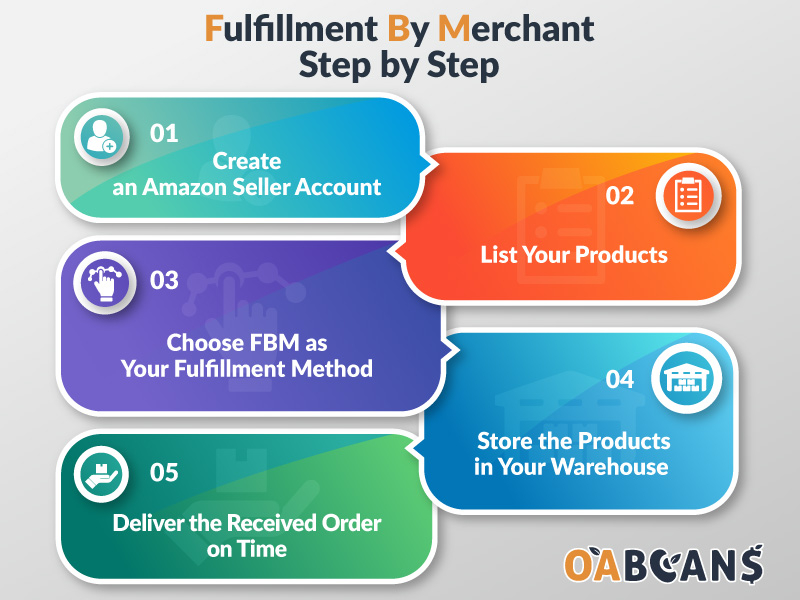
Here are a few steps to run Amazon FBM:
1) Initially, you need your business information as below to create an account in Amazon Seller Central.
- Business information (your business name, address, and contact information)
- Email address
- Credit card
- Phone number
- Tax ID (Federal and State)
- eCommerce return address
2) With the above information, register on Amazon, and pick one of the Amazon plans: professional or individual seller.
Read More: Amazon Individual vs. Professional Seller Plans
3) The next step would be product listing. You need to list the products you want to sell. To help improve your chances of conversion, you can use the right imagery, videos, copy, and more.
4) Now, it is time two choose between two ways of fulfillment: FBA or FBM. When you opt for FBM, you need to look for shipping/delivery partners that are cost-efficient and reliable. The charge must be lower than FBA, which doesn’t impact your margins.
5) Now, it’s time to store your products in your own warehouse or fulfillment center. Your home is the best choice as a short-term solution if you’re a small business owner. The bigger businesses may require several fulfillment centers. Depending on the fulfillment center numbers at your disposal, distributing the products to the strategic locations will be easier. Besides, you can reduce your average shipping zone and save shipping costs.
6) Delivering the received orders on time is the next important point. Amazon determines the estimated delivery time to buyers on checkout pages, which indicates handling and transit times. It is possible to modify shipping and handling time to better customer expectations. You have to provide eCommerce order tracking for the customer by buying shipping labels through Amazon or on your own. Amazon sends a return label with your default info.
When Should You Use Amazon FBM?
Obviously, not all sellers can be successful by using one method for their business. So, running an Amazon business is never going to be a one size fits all scenario. If you are a seller who sells exclusive products with low sales frequency, FBM is the best choice for you.
Consider that you can use both FBA and FBM, which double your exposure and sales opportunities, but new sellers with minimal inventory usually go for an FBM business model.
Here, we nail down the best conditions for FBM:
- Small volume products
- Low-profit products
- Exclusive products with low sales frequency
- Handmade products in your inventory
- Hard to ship products (oversized, fragile, or heavy items)
- Having a decent storage facility or small inventory
- Having a third-party fulfillment service that is cheaper than Amazon FBA
Ultimate Guide About Amazon Freight Forwarder
Pros & Cons of FBM
Bearing in mind that you decide to do all of the work by choosing the FBM fulfillment method. But, it is vital to know the advantages and disadvantages of using this method.
Pros:
- Less paperwork to deal with when working directly with the buyer
- Have control over every aspect of the business
- No need to pay additional fees to Amazon; therefore, margins are greater
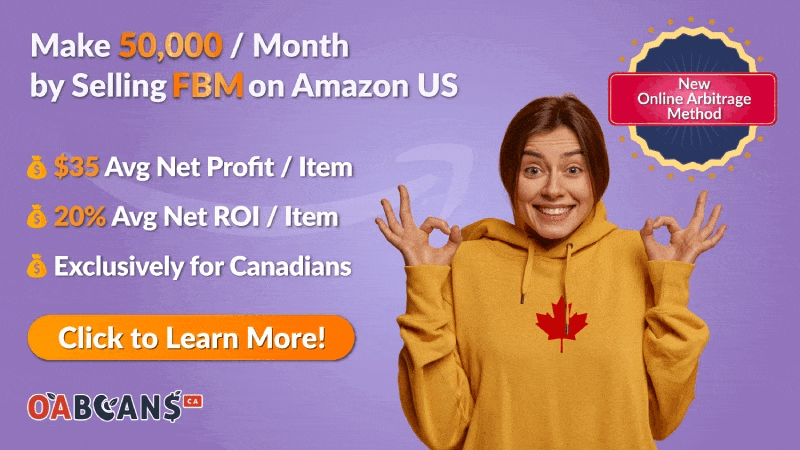
- Freedom of running the business as desired
- A greater grasp of inventory in stock: what sells, and what changes may need to be made for tremendous success
- No need to worry about any unavoidable losses due to policy changes at Amazon
- No unexpected costs; the seller is aware of all finances every step of the way
- Brand building is more attainable
- FBM sellers can continue their sales even in an emergency case, such as the Covid-19 pandemic when Amazon stopped shipping-certain product
Cons:
- Not allowed to use the Amazon prime
- Need more money for marketing
- Need more spending time to manage your business
- Shipping fees may be higher
- Costs of warehousing and in-house fulfillment (if outsourcing) is high
- Customer service is your responsibility
Amazon FBM vs. FBA
Actually, comparing Fulfillment by Amazon (FBA) and Fulfillment by Merchant (FBM) is tricky. In FBA, sellers send their products directly to Amazon’s warehouses, while FBM stores products in sellers’ storage.
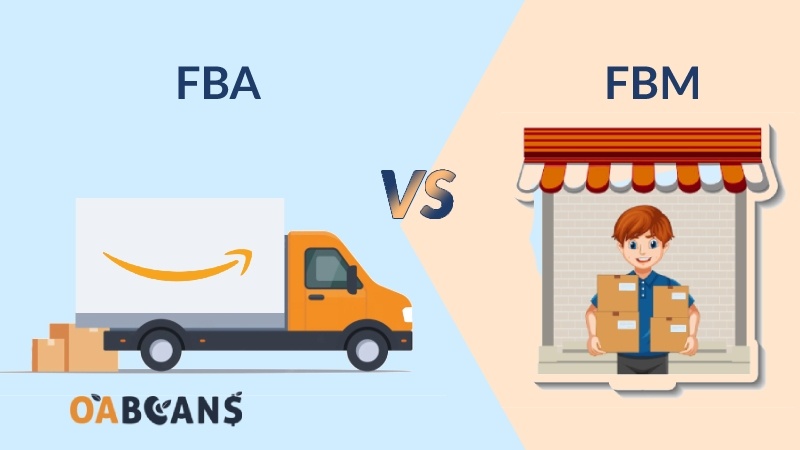
Besides, in FBA, picking, packing, shipping, and customer service are a part of Amazon’s service. In addition, your customers are eligible to use the two-days Amazon Prime service for free on eligible orders.
But, in the FBM method, apart from product listing, handling shipping, customer support, and all aspects of order fulfillment are sellers’ responsibilities.
You can find more details here: Amazon FBA vs. FBM
Amazon FBM Fees
Sellers face some costs when they decide to use fulfillment by Merchant on Amazon. Depending on their shipping/delivery options, this charge may vary from seller to seller. The fixed expenses that all sellers incur are breakdown below:
- Monthly subscription fee: Individual plan is free of charge, but sellers have to pay $39.99 per month for a professional plan.
- Per Item Selling Fee: Individual seller – $0.99 for selling each product unit and no charge for the Professional plan.
- Shipping fee: For each sale, you need to pay costs for shipping.
- Referral fee: For each sold product, Amazon deducts a referral fee. It is 15% of the total sale price in most product categories. But, it varies between 6% and 45%. Here is the referral fee table (applied on a per-unit basis unless otherwise noted):
|
Categories |
Referral fee percentages |
Applicable minimum referral fee |
|
Amazon Device Accessories |
45% |
$0.30 |
|
Amazon Explore |
30% for Experiences |
$2.00 |
|
Baby Products (excluding Baby Apparel) |
8% for products with a total sales price of $10.00 or less, and 15% for products with a total sales price greater than $10.00 |
$0.30 |
|
Books (including Collectible Books) |
15% |
— |
|
Camera and Photo1 |
8% |
$0.30 |
|
Cell Phone Devices2 |
8% |
$0.30 |
|
Consumer Electronics |
8% |
$0.30 |
|
Electronics Accessories |
15% for the portion of the total sales price up to $100.00, and 8% for any portion of the total sales price greater than $100.00 |
$0.30 |
|
Furniture (including outdoor furniture) |
15% for the portion of the total sales price up to $200.00, and 10% for any portion of the total sales price greater than $200.00 |
$0.30 |
|
Home & Garden |
15% |
$0.30 |
|
Kitchen |
15% |
$0.30 |
|
Full-Size Appliances |
8% |
$0.30 |
|
Compact Appliances (including parts and accessories) |
15% for the portion of the total sales price up to $300.00, and 8% for any portion of the total sales price greater than $300.00 |
$0.30 |
|
Lawn Mowers & Snow Throwers |
15% for products with a total sales price of up to $500.00 8% for products with a total sales price greater than $500.00 |
$0.30 |
|
Mattresses |
15% |
$0.30 |
|
Music |
15% |
— |
|
Musical Instruments |
15% |
$0.30 |
|
Office Products |
15% |
$0.30 |
|
Outdoors |
15% |
$0.30 |
|
Personal Computers |
8% |
$0.30 |
|
Pet Supplies |
15%, except 22% for veterinary diets |
$0.30 |
|
Software & Computer/Video Games |
15% |
— |
|
Sports (excluding Sports Collectibles) |
15% |
$0.30 |
|
Tools & Home Improvement |
15%, except 12% for base equipment power tools |
$0.30 |
|
Toys & Games3 |
15% |
$0.30 |
|
Video & DVD |
15% |
— |
|
Video Game Consoles |
8% |
$0.30 |
|
Everything Else4 |
15% |
$0.30 |
|
Categories requiring approval |
Referral fee percentages |
$0.30 |
|
3D Printed Products |
12% |
$0.30 |
|
Automotive & Powersports |
12%, except 10% for tires and wheel products |
$0.30 |
|
Beauty |
8% for products with a total sales price of $10.00 or less, and 15% for items with a total sales price greater than $10.00 |
$0.30 |
|
Clothing & Accessories (including activewear) |
17% |
$0.30 |
|
Collectible Books |
15% |
— |
|
Collectible Coins |
15% for the portion of the total sales price up to $250.00, 10% for any portion of the total sales price greater than $250.00 up to $1,000.00, and 6% for any portion of the total sales price greater than $1,000.00. |
$0.30 |
|
Entertainment Collectibles |
20% for the portion of total sales price up to $100.00, 10% for the portion of total sales price greater than $100.00, up to $1,000.00, and 6% for the portion of total sales price greater than $1,000.00 |
— |
|
Fine Art |
20% for the portion of the total sales price up to $100.00, 15% for the portion of the total sales price greater than $100.00 up to $1,000.00, 10% for the portion of the total sales price greater than $1,000.00 up to $5,000.00, and 5% for the portion of the total sales price greater than $5,000.00 |
— |
|
Gift Cards |
20% |
— |
|
Grocery & Gourmet Food |
8% for products with a total sales price of $15.00 or less, and 15% for products with a total sales price greater than $15.00 |
— |
|
Health & Personal Care (including Personal Care Appliances) |
8% for products with a total sales price of $10.00 or less, and 15% for items with a total sales price greater than $10.00 |
$0.30 |
|
Industrial & Scientific (including Food Service and Janitorial & Sanitation) |
12% |
$0.30 |
|
Jewelry |
20% for the portion of the total sales price up to $250.00, and 5% for any portion of the total sales price greater than $250.00 |
$0.30 |
|
Luggage & Travel Accessories |
15% |
$0.30 |
|
Shoes, Handbags & Sunglasses |
15% |
$0.30 |
|
Sports Collectibles |
15% for the portion of the total sales price up to $100.00 10% for any portion of the total sales price greater than $100.00 up to $1,000.00 6% for any portion of the total sales price greater than $1,000.00 |
— |
|
Watches |
16% for the portion of the total sales price up to $1,500.00, and 3% for any portion of the total sales price greater than $1,500.00 |
$0.30 |
|
Health & Personal Care (including Personal Care Appliances) |
8% for products with a total sales price of $10.00 or less, and 15% for items with a total sales price greater than $10.00 |
$0.30 |
|
Industrial & Scientific (including Food Service and Janitorial & Sanitation) |
12% |
$0.30 |
|
Jewelry |
20% for the portion of the total sales price up to $250.00, and 5% for any portion of the total sales price greater than $250.00 |
$0.30 |
|
Luggage & Travel Accessories |
15% |
$0.30 |
|
Shoes, Handbags & Sunglasses |
15% |
$0.30 |
|
Sports Collectibles |
15% for the portion of the total sales price up to $100.00 10% for any portion of the total sales price greater than $100.00 up to $1,000.00 6% for any portion of the total sales price greater than $1,000.00 |
— |
|
Watches |
16% for the portion of the total sales price up to $1,500.00, and 3% for any portion of the total sales price greater than $1,500.00 |
$0.30 |
|
Health & Personal Care (including Personal Care Appliances) |
8% for products with a total sales price of $10.00 or less, and 15% for items with a total sales price greater than $10.00 |
$0.30 |
|
Industrial & Scientific (including Food Service and Janitorial & Sanitation) |
12% |
$0.30 |
|
Jewelry |
20% for the portion of the total sales price up to $250.00, and 5% for any portion of the total sales price greater than $250.00 |
$0.30 |
|
Luggage & Travel Accessories |
15% |
$0.30 |
|
Shoes, Handbags & Sunglasses |
15% |
$0.30 |
|
Sports Collectibles |
15% for the portion of the total sales price up to $100.00 10% for any portion of the total sales price greater than $100.00 up to $1,000.00 6% for any portion of the total sales price greater than $1,000.00 |
— |
|
Watches |
16% for the portion of the total sales price up to $1,500.00, and 3% for any portion of the total sales price greater than $1,500.00 |
$0.30 |
|
Health & Personal Care (including Personal Care Appliances) |
8% for products with a total sales price of $10.00 or less, and 15% for items with a total sales price greater than $10.00 |
$0.30 |
|
Industrial & Scientific (including Food Service and Janitorial & Sanitation) |
12% |
$0.30 |
|
Jewelry |
20% for the portion of the total sales price up to $250.00, and 5% for any portion of the total sales price greater than $250.00 |
$0.30 |
|
Luggage & Travel Accessories |
15% |
$0.30 |
|
Shoes, Handbags & Sunglasses |
15% |
$0.30 |
|
Sports Collectibles |
15% for the portion of the total sales price up to $100.00 10% for any portion of the total sales price greater than $100.00 up to $1,000.00 6% for any portion of the total sales price greater than $1,000.00 |
— |
|
Watches |
16% for the portion of the total sales price up to $1,500.00, and 3% for any portion of the total sales price greater than $1,500.00 |
$0.30 |
Is Amazon FBM Worth It?
Increasing your profit margin is the main benefit of using FBM. When you are selling large or heavy products, there is no hesitation that the FBM method is the best choice. Besides, when you run out of FBA inventory, FBM is a good backup plan. FBM could be a profitable decision as a side hustle if you have access to an empty space.
How Much Do Amazon FBM Sellers Make?
There is no promised amount for the number of your earnings. It depends on many factors, especially the amount of time and effort that you put into your business.
Generally, FBM sellers launch their business on Amazon faster than FBA sellers. About 33% of FBM sellers can make $25,000 per month in revenue.
In this post, there is more information about Amazon FBA Business.
Final Thought
Even if Amazon FBM might seem like hard work, it has a lot of benefits. The FBM method gives you precise control over your business. Besides, it is known as a good backup for Amazon FBA. In this post, you can read the pros and cons of Amazon FBM.
Amazon FBM FAQ
On the listing page, you can manually change the fulfillment type. After opening the page, click on the “Offer” tab. Below the “Listing Details,” there is a field: “Fulfilled By.” Both FBA and FBM methods are there, and you can select either of them. Choose the desired one and click on “Save & Publish.”
Yes, it is possible to change from FBM to FBA manually. Open the listing page, and click the “Offer” tab. There is a “filled By” field under “Listing Details,” which shows both FBA and FBM methods. Here, you can change your method from FBM to FBA.
Yes, it is possible to sell with both fulfillment methods at the same time. Amazon lets you list the same item for both FBA and FBM.
The main advantage of using FBM is an increase in your profit margins. Actually, selling on Amazon is one of many ways to get rich if you know what you are doing.
Amazon Fulfilled by Merchant is a fulfillment method in which an Amazon seller is responsible for all steps of fulfilling, such as packing, shipping, and customer service of their products purchased on Amazon.
Amazon FBM works on a fee-based structure. Three main fees: referral fees, a monthly subscription fee, and a fee for each item sold. You need to pay for Amazon Professional plan, which costs $39.99 per month. You can waive additional fees when a product is sold. The individual plan is free, but you have to pay the rest fees.
As an Amazon seller, you must pay the shipping FBM because it is Fulfillment by Merchant.
What percent does Amazon take FBM?
Third-party sellers who use the FBM method for selling their products can experience the benefit of the Prime badge by using the Seller-Fulfilled Prime (SFP) program. This program offers two-day Prime shipping without using Amazon’s warehouses for fulfillment without extra charge.



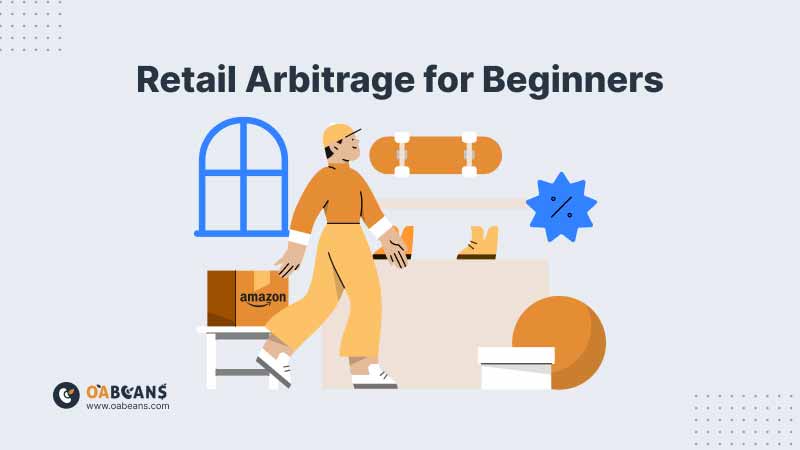
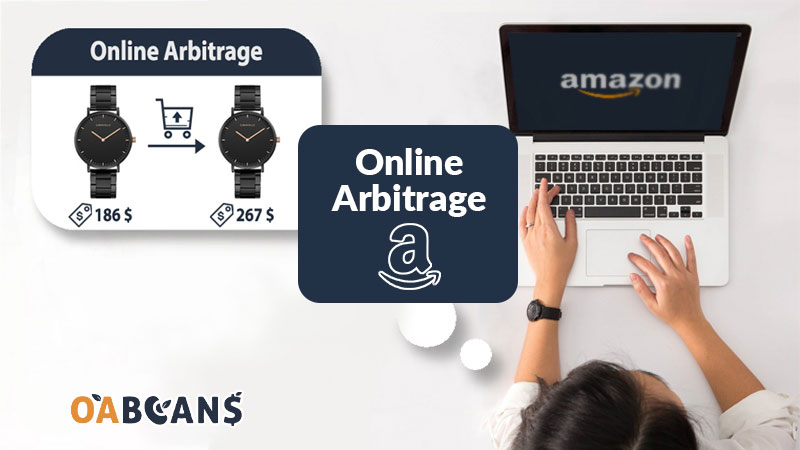
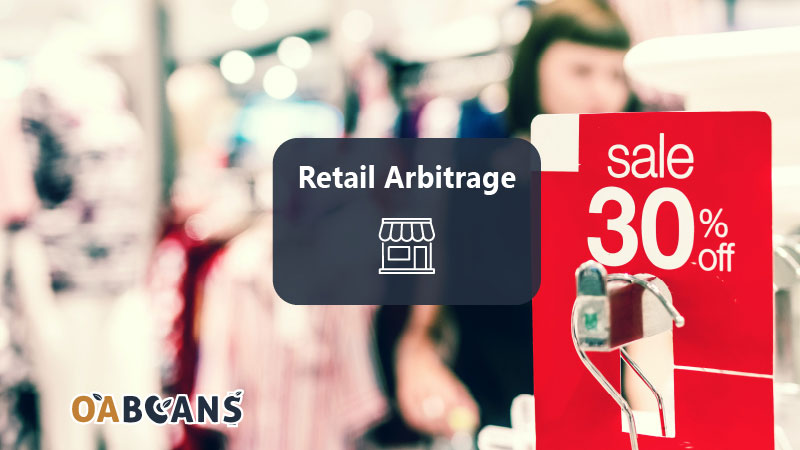
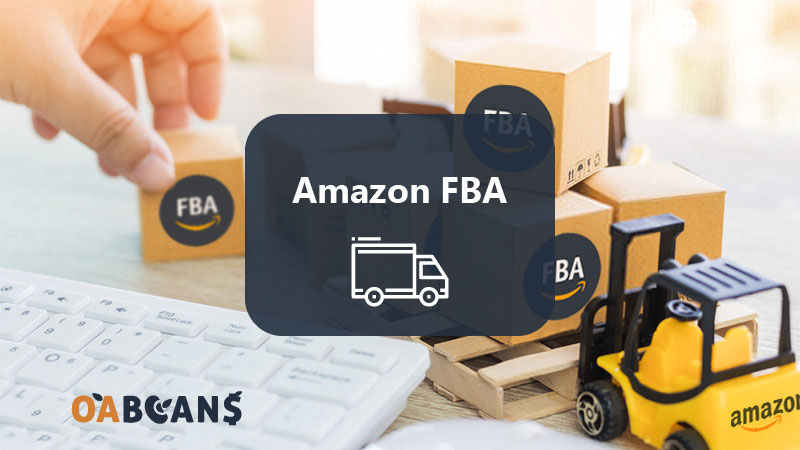
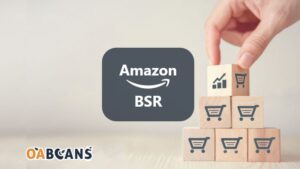
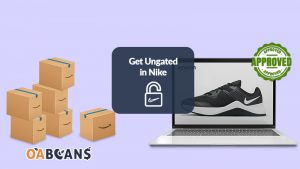

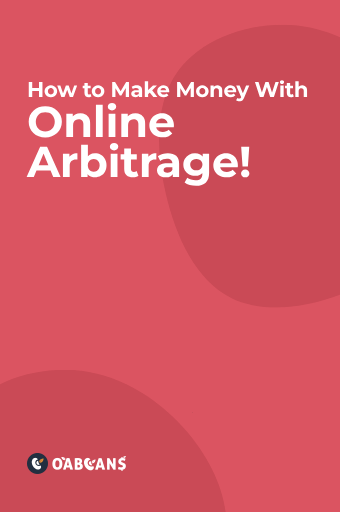
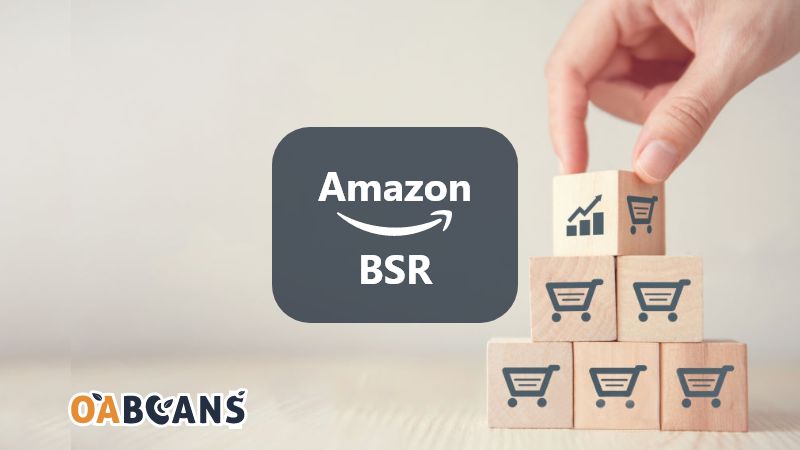


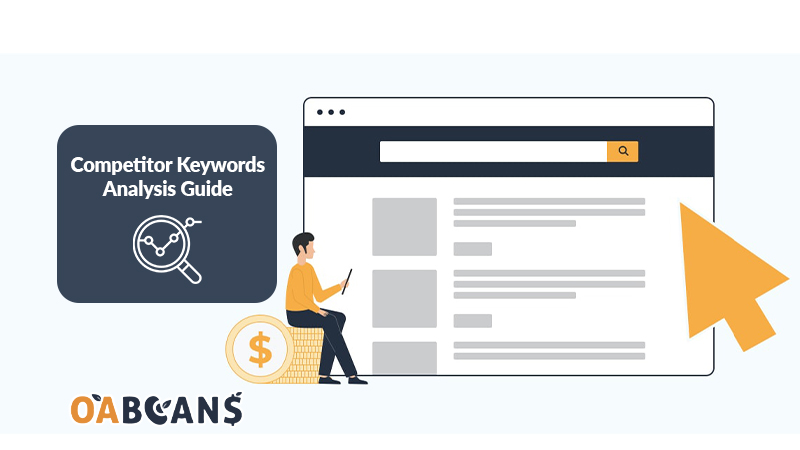

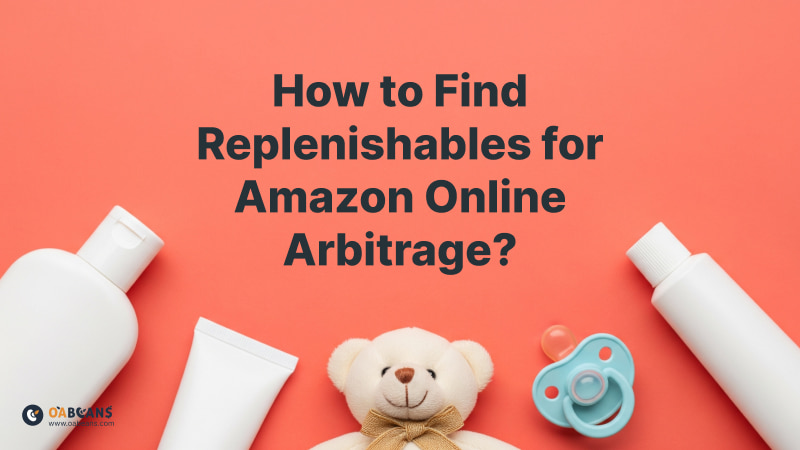


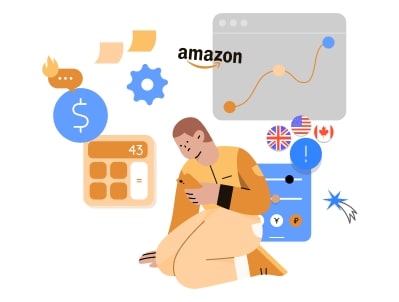
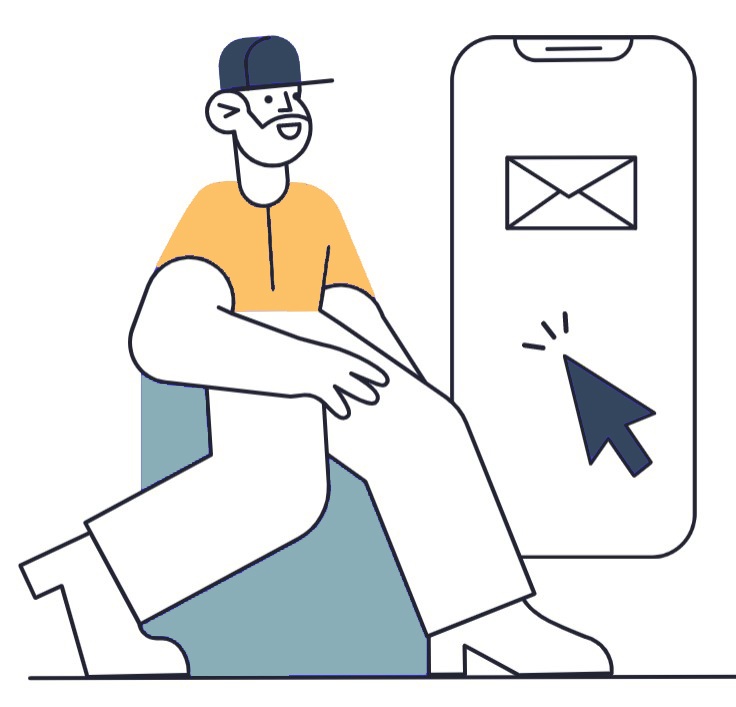
11 replies on “Fulfillment by Merchant (FBM) Encyclopedia in 2025”
Amazon FBA can help you garner positive reviews and improve your seller metrics, leading to more sales and revenue for your ecommerce business.
I love shopping on Amazon Marketplace – the selection is unbeatable!
Your site is a great source of inspiration for new ideas and strategies. I’ve tried several of your Amazon reselling tips and have seen real results!
Thanks to this site, I feel like I have a competitive edge in the world of Amazon online arbitrage.
The video content on your website is a great addition, providing a more engaging way for sellers to learn and absorb information.
I love your tips on managing Amazon inventory. You have a unique perspective on this topic.
Selling through Amazon’s platform provides retail arbitrage sellers with a secure and trusted payment system, ensuring smooth transactions.
The Amazon FBA program offers excellent seller protection. They handle returns and customer complaints, relieving me of any potential headaches.
The Amazon retail arbitrage community is vibrant and supportive, offering forums and groups where sellers can connect, share insights, and learn from each other.
One of the advantages of reselling on Amazon is the ability to leverage the trust and reputation of the Amazon brand. Customers feel confident buying from a trusted platform.
Amazon’s strong brand reputation and customer trust make it an ideal platform for retail arbitrage sellers, attracting buyers who value quality and reliability.